Madonnas and Miracles: The Holy Home in Renaissance Italy
Fitzwilliam Museum, Cambridge (7 March–4 June)
This examination of domestic devotion in Renaissance Italy brings together over 150 objects, from crucifixes and prayer books to masterpieces by artists Filippo Lippi and Annibale Carracci.
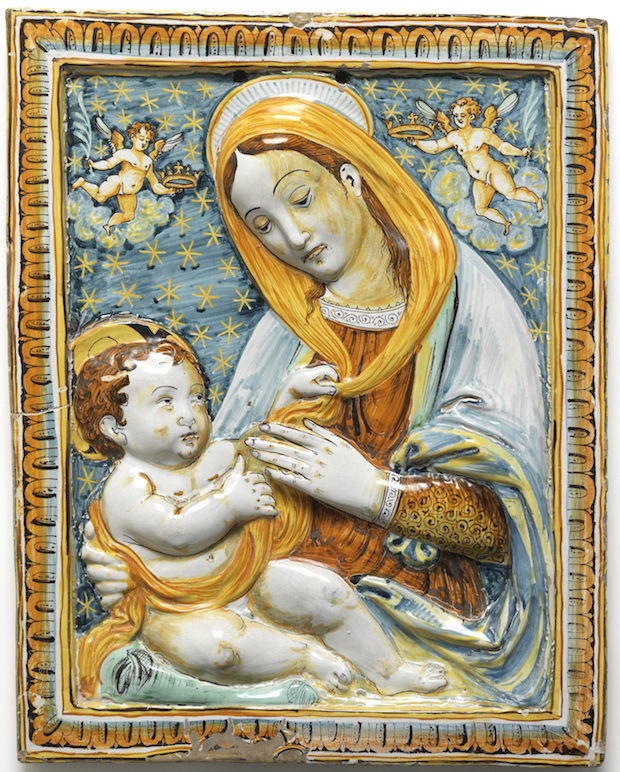
Maiolica panel, painted with a half-length figure of the Virgin with the infant Christ (c. 1600–1700) artist unknown. © Fitzwilliam Museum, Cambridge.
American Watercolor in the Age of Homer and Sargent
Philadelphia Museum of Art (1 March–14 May)
Winslow Homer and John Singer Sargent are the focus of this exhibition, which charts the growth of interest in watercolour in the US from the 1860s up to the late 19th/early 20th century. With more than 170 works, this is the most comprehensive display ever held on the topic.

Big Springs in Yellowstone Park (1872), Thomas Moran. Courtesy of the Philadelphia Museum of Art
Excavating Empire: Gold, Silver and Bronze in Byzantium
Barber Institute, Birmingham (16 March–18 March 2018)
The Barber’s collection of Byzantine coins is considered one of the most important in Europe. This exhibition explores not only the artistic beauty of the coins but what they reveal about the history of the Byzantine Empire.
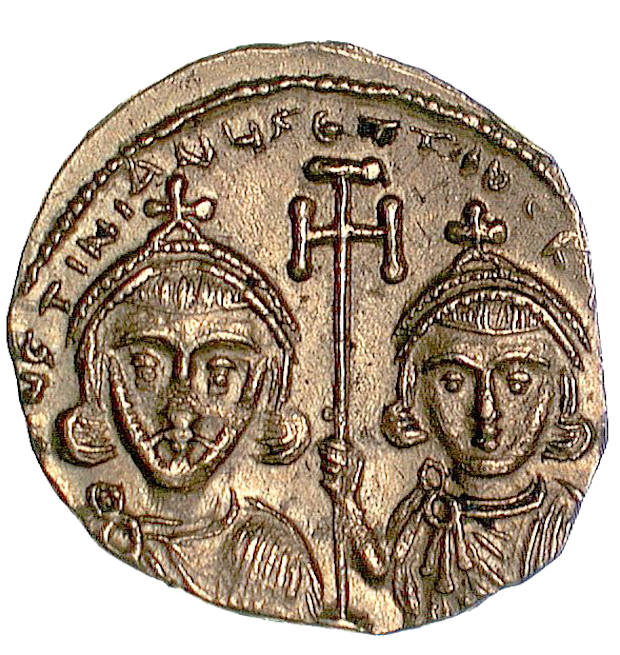
Gold tremissis of Justinian II (c. 705-711). Courtesy Barber Institute, Birmingham
Marsden Hartley’s Maine
Met Breuer, New York (15 March–18 June)
Despite his restlessness, Marsden Hartley described himself as ‘the painter from Maine’. Hartley’s lifelong engagement with his home state is examined in more than 90 works, from his early Impressionist experiments to his bold figure paintings and modernist landscapes – such as as Smelt Brook Falls (1937).
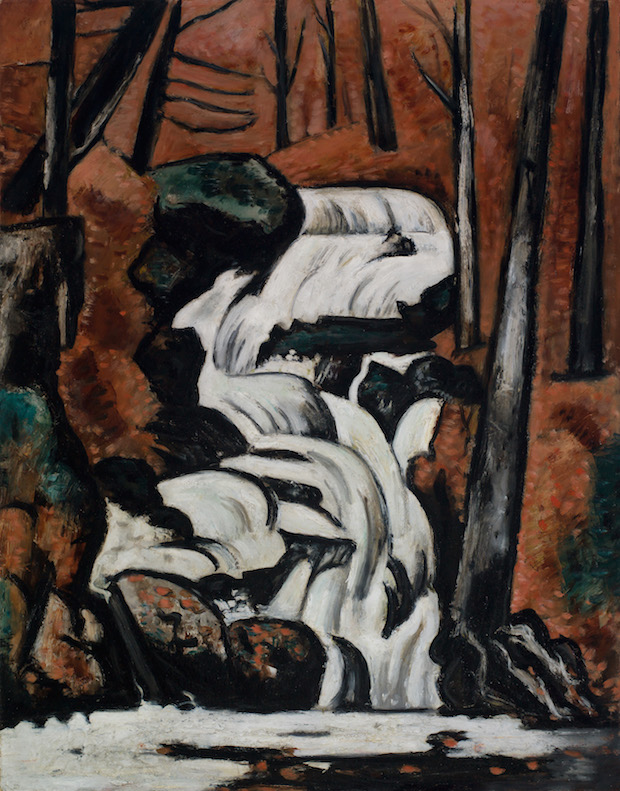
Smelt Brook Falls (1937), Marsden Hartley. Saint Louis Art Museum
COLORI
Castello di Rivoli & GAM, Turin (14 March–23 July)
Spread across two venues, this ambitious investigation into the use of colour in art features more than 400 works by 125 international artists, including Josef Albers (pictured). Spanning the 17th century to the present day, the exhibition considers the history of colour alongside topics such as memory, politics, and psychology.
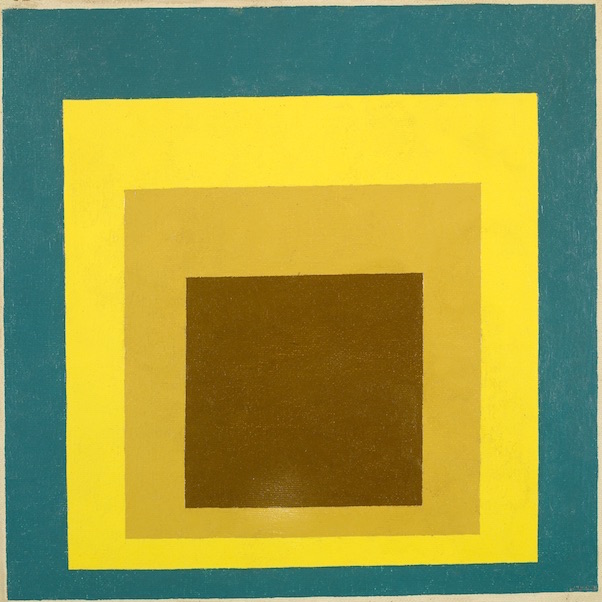
Study for Homage to the Square: Still Remembered (1956), Josef Albers. © The Josef and Annie Albers Albers Foundation/VG Bild-Kunst
Rodin: the centennial exhibition
Grand Palais, Paris (22 March–31 July)
To commemorate the centenary of Auguste Rodin’s death, the Musée Rodin and Grand Palais present 200 of his works, alongside sculptures and drawings by artists he influenced, such as Bourdelle, Picasso, and Baselitz. Pictured is Torse d’Adèle from 1884.
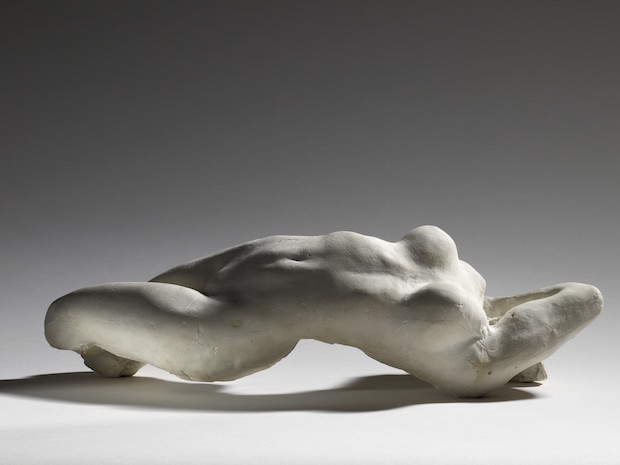
Torse d’Adèle (1884), Auguste Rodin. © Musée Rodin, Paris
Rediscovering Treasures: Ink Art from Xiu Hai Lou Collection
National Gallery Singapore (11 March–4 December)
The Xiu Hai Lou collection is one of the most important private collections of Chinese ink art and painting in Singapore. This will be the first comprehensive survey of the collection and will include works from both China and Singapore.
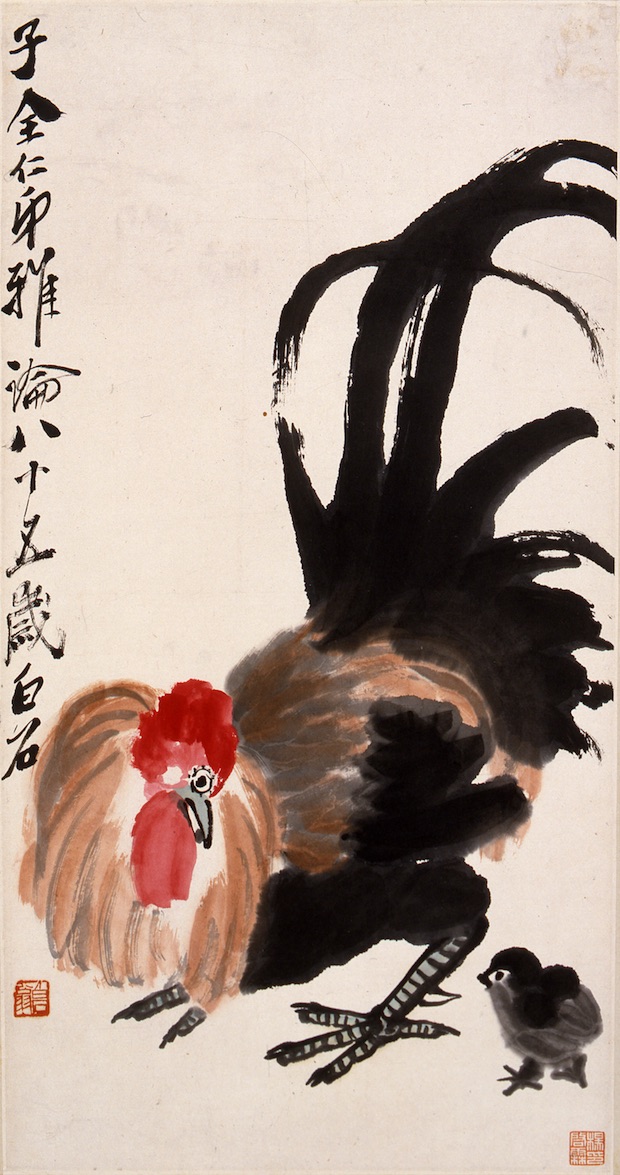
Protecting its Young (1945), Qi Baishi. Courtesy National Gallery Singapore
Michelangelo & Sebastiano
National Gallery, London (15 March–25 June)
This exhibition examines the 25-year friendship and artistic partnership between Renaissance masters Michelangelo and Sebastiano del Piombo. Central to the show are their collaborations, including The Raising of Lazarus (1517–19).

The Raising of Lazarus (1517–19), Sebastiano del Piombo incorporating designs by Michelangelo.
Slow Food. Still Lifes of the Golden Age
Mauritshuis, The Hague (9 March–25 June)
The development of Dutch meal still lifes from 1600 onwards will be explored for the first time in this exhibition, which features more than 20 masterpieces including one of the museum’s major acquisitions of 2012, Clara Peeters’ Still Life with Cheeses, Almonds and Pretzels (pictured).
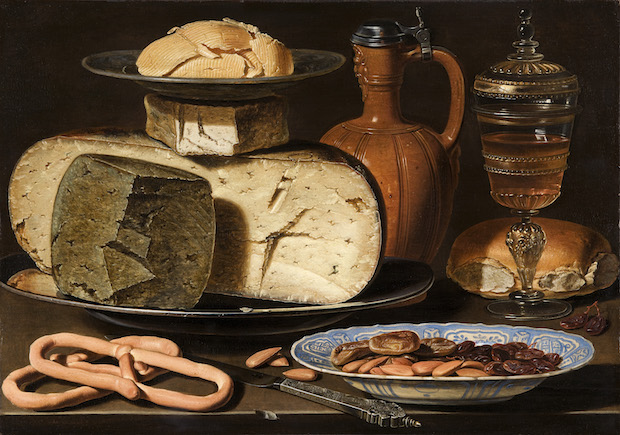
Still Life with Cheeses, Almonds, and Pretzels (c. 1615), Clara Peeters. Mauritshuis, The Hague
Charles Percier: Architecture and Design in the Age of Revolutions
Château de Fontainebleau (18 March–19 June)
This display of 150 works, including drawings and furniture, explores the influence of Charles Percier on the decorative arts during a turbulent period of French history. The architect and draftsman worked with Napoleon to produce some of the most popular stylistic innovations of the Empire.
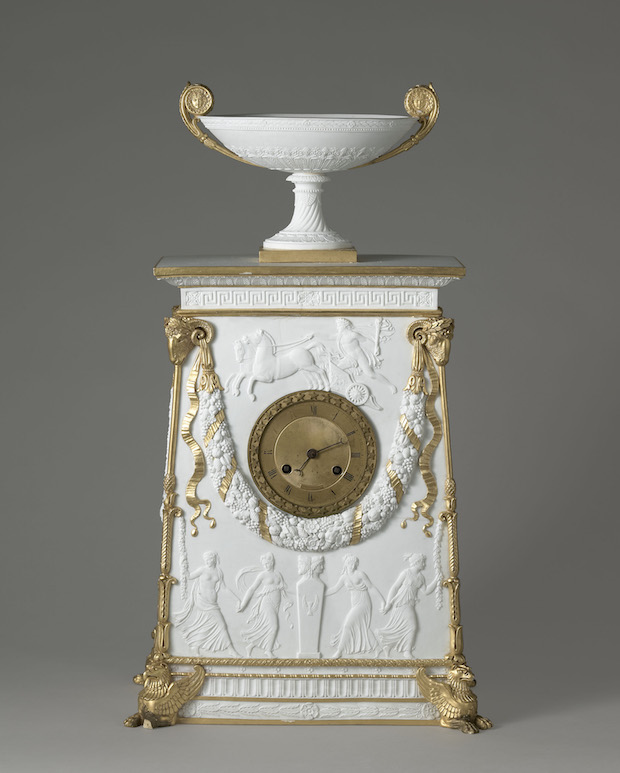
Bisque porcelain clock with gold highlights (1813), made by Sèvres Porcelain Manufactory. Sèvres, Cité de la céramique
Unlimited access from just $16 every 3 months
Subscribe to get unlimited and exclusive access to the top art stories, interviews and exhibition reviews.


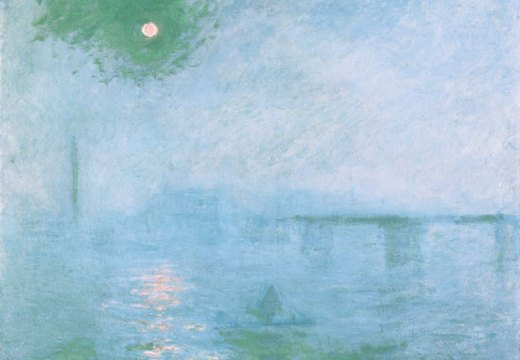
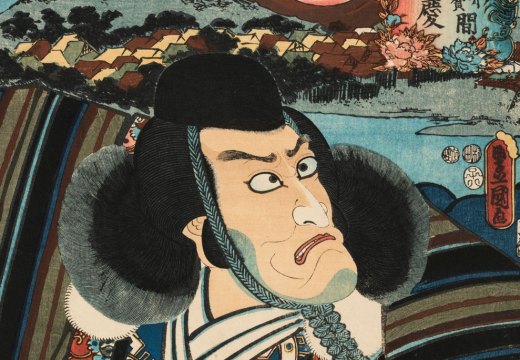
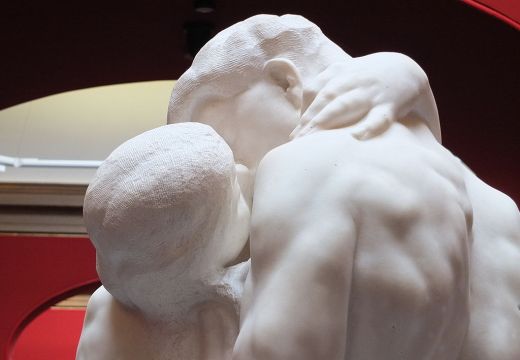









![Masterpiece [Re]discovery 2022. Photo: Ben Fisher Photography, courtesy of Masterpiece London](http://www.apollo-magazine.com/wp-content/uploads/2022/07/MPL2022_4263.jpg)
Has the Fitzwilliam lost the hang of things?